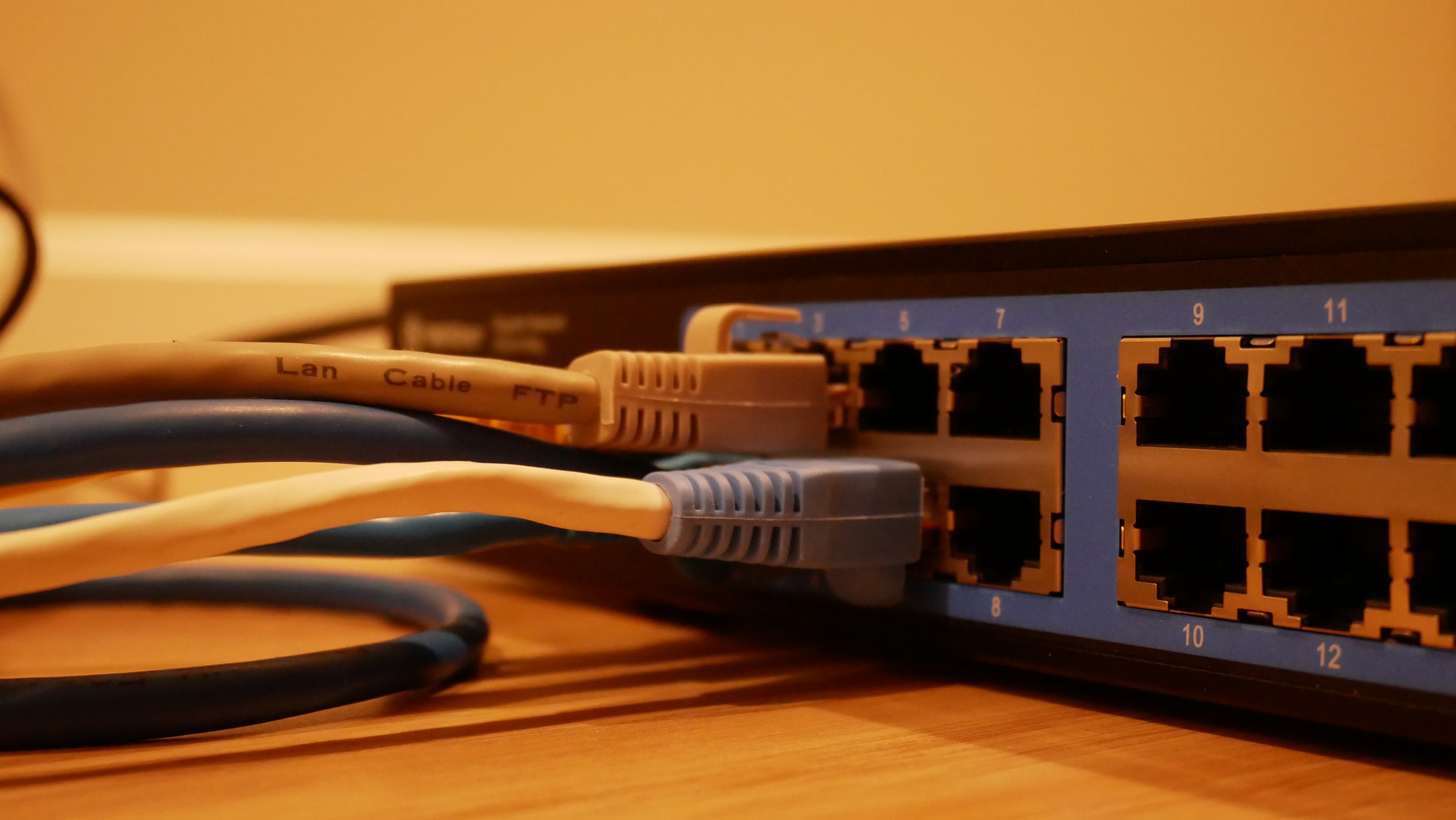The Internet is one of the most essential in modern life. Mobile phones have SIM cards, where we use data packages for accessing the internet. Unlike mobile phones, laptops, computers, smart TVs, etc., will not have SIM cards to get access to the internet. Hence, they can access the internet using some devices like modem and routers. We need to understand the Difference Between Modem and Router to use in the right way.
The devices used to access the internet for our laptops, computers, etc., are these modems and routers. Let’s have a glimpse at what they are? How do they work? What are their functions? And the differences between them.
What is a Modem?
Modem stands for “modulator-demodulator.” This itself says that the modem acts both as a modulator and demodulator. Basically, the modem is a equipment that inflect analog signals into digital information and dimidiates carrier signals into transmitted information. It helps in converting WAN (Wide Area Network) into a LAN (Local Area Network).
Modem establishes and maintains a connection to the ISP (Internet Service Provider) that gives access to the internet. More simply, the modem acts as a telephone call to the ISP, which in return you get access to the internet.
Also Read – 5 Ways to Use Smart Tech for Home
How does a modem work?
The modern modems will have only three ports, one that connects to the internet, one that connects to a power source, and the other that connects to the router. Whereas the older modems connect to the internet using telephone lines. Each router will be having a unique IP address that can identify the device on the World Wide Web.
Usually, the ISP will provide the modem along with your internet package during the device setup. The modem receives the signal from the ISP through cables or DSL (Digital Subscriber Line) internet service and translates these signals to the devices like computers, laptops, smart TVs, etc., that are connected to it.
Functions of the modem
Modem performs different functions at receiving end and transmitting end.
At the receiving end, the modem converts (modulates) digital data into analog data. It sends the dialing signal (connecting signal) if the modem device is designed to dial automatically (without user interference). It also provides protection against line overload and other issues.
At the transmitting end, the modem receives the analog signals and demodulates them. It performs line signaling and control. The protection against line overload and other issues are provided at the transmitting end too.
What is a router?
Routers are devices used to connect multiple devices like computers, laptops, smartphones, smart TVs, etc. It acts as a middleman between the WAN and your LAN so that multiple devices will have their local IP. The router shares the single WAN IP that you get from your IPS.
The router distributes the internet connection from the modem to all the other devices that are present in your personal network through the WI-FI. The router can be either wired or wireless. Most wireless routers are preferred rather than the wired router.
How does a router work?
A router creates a LAN (Local Area Network) around your house, office, or business. The primary aim of the router is to route the data packets (the data is transferred in the form of packets through the network) between the devices connected in the LAN and also between the devices and the wider internet.
When a router is connected to the modem, the devices can access the internet and when it is logged in to 132.168.1.108 IP they form an even better and stronger network. The router acts as a publisher that performs the traffic to the correct device in your network. By the IP address assigned to the router, the internet can be accessed by all the devices in that network. It also lets you change the settings of the devices over the network. For example, you can change the Smart TV setting through your smartphone when connected to the same network, i.e., WI-FI.
Functions of a router
Unlike modem, the router will not have a receiving end and transmitting end.
The router creates a LAN (Local Area Network) within its range. If the range exceeds, then another router should be installed. A home needs a single router, but an office or a business may need more than one router. The router transmits the internet to all the devices in the LAN.
It can run the firewall. The router transmits the information to the intended destination. It also acts as a switch in packet forwarding and filtering the data. The router will also connect to the VPN (Virtual Private Network).
What are the differences between the modem and the router?
Modem
- The modem can directly access the internet through the unique IP address that can be identified on the World Wide Web.
- A modem modulates the signal from ISP and demodulates them, and translates them to the connected devices.
- The modem doesn’t perform the security check during the flow of information, which leads to a security threat.
- It can be connected using a modem and a computer.
Router
- The router acts as a transmitter of the internet between the modem and the connected devices.
- The router cannot directly connect to the internet. With the help of WI-FI, all the devices connected to the router can communicate from one device to another in the network created by the router.
- The router runs the firewall. Hence security is provided.
- It can be set up using a telephone line and a router, or it can be directly connected to a computer.
Also Read – How to Integrate DRM Document Security in the Workplace?

